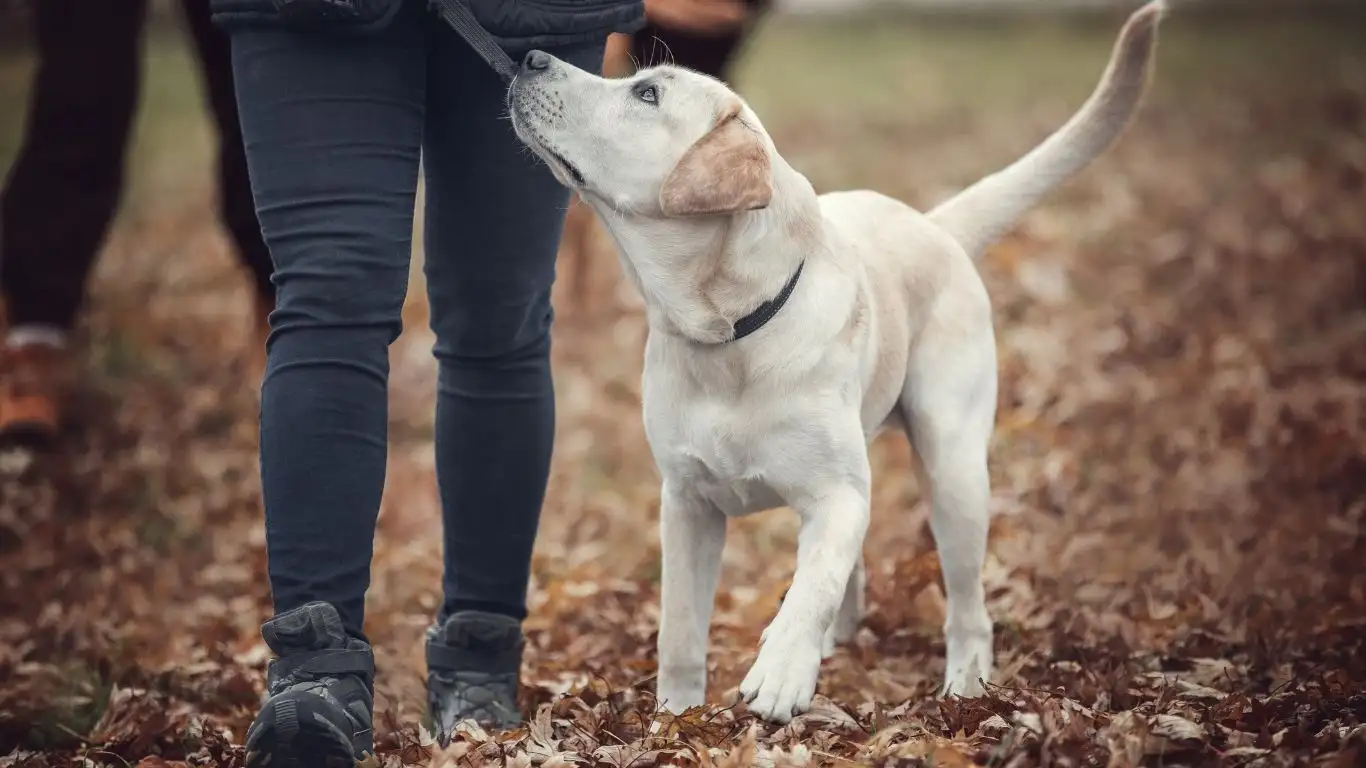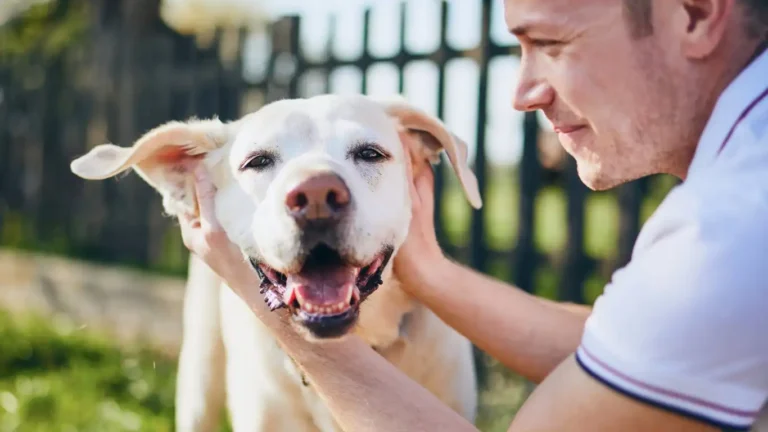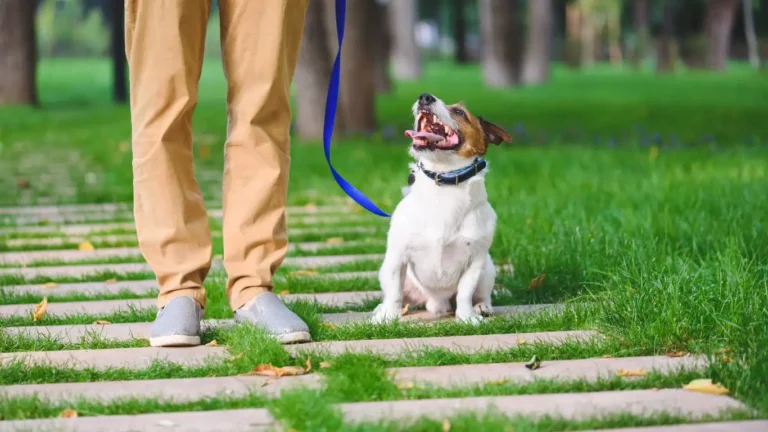How to Train a Dog to Stay Away from Electronics: Proven Tips That Work
Let’s talk about a problem I see more and more in the homes I visit for sessions—how to train a dog to stay away from electronics. Yep, you read that right. Cables, remotes, gaming controllers, phones—they’re like doggy magnets! As someone who works hands-on as a Canine-Assisted Therapy Trainer, I’ve had my fair share of calls from pet parents who woke up to chewed-up chargers or mysteriously missing earbuds. But the good news? With a few solid strategies and a little patience, you can absolutely teach your pup to steer clear of your tech toys—and we’re gonna walk through exactly how to do that.
Why Are Dogs So Drawn to Electronics?
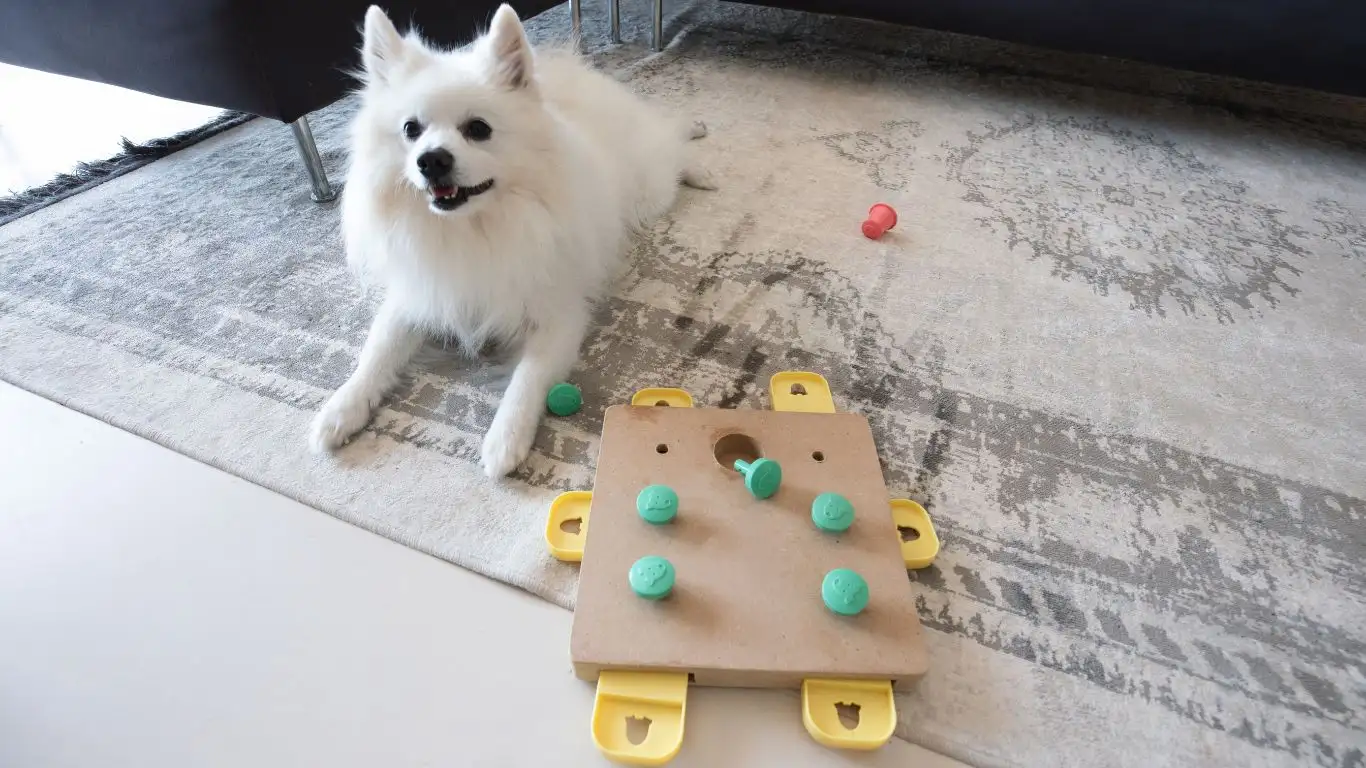
This question comes up all the time, and honestly, it makes sense when you think about it from a dog’s perspective. Wires look like chew toys. Remotes smell like us (and maybe a bit like popcorn). Plus, electronics often live in spots dogs are curious about—under the couch, near the TV, by your bed. It’s not mischief—it’s instinct, curiosity, and sometimes anxiety.
Curiosity Meets Chew-portunity
Puppies, especially, are like toddlers with teeth. When I was training a Golden Retriever pup named Benny, his owners kept finding their TV remote soggy and lifeless. Benny wasn’t acting out—he was exploring. Just like babies put everything in their mouths, puppies use their mouths to understand the world. Electronics are just unlucky targets.
Anxiety and Boredom Are Real Triggers
Another pup I worked with—a super sweet rescue named Daisy—had separation anxiety. When left alone, she’d go for anything that smelled like her owner. That meant phones, earbuds, even laptops. Destruction wasn’t the goal—comfort was. Unfortunately, electronics don’t bounce back the way plush toys do.
How to Train a Dog to Stay Away from Electronics
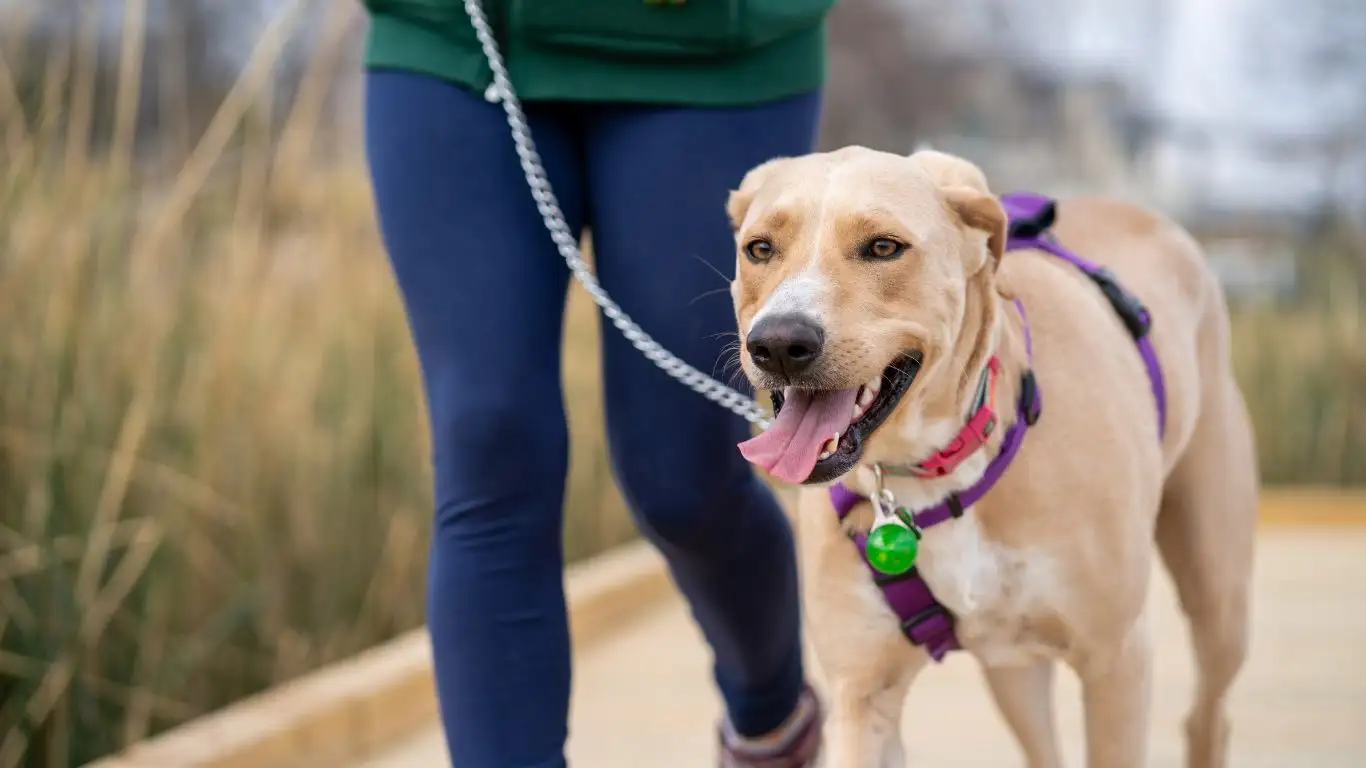
Let’s get into the practical part. There’s no one-size-fits-all fix, but I’ll walk you through what’s worked for my clients over the years. This approach is rooted in positive reinforcement, consistency, and a bit of creativity.
1. Teach the “Leave It” Command (Seriously, It’s a Game Changer)
If your dog doesn’t already know “leave it,” start there. I taught my own dog this command with chicken pieces and a whole lot of patience. Once your pup learns that ignoring something means getting something better, you’ve got a powerful tool.
- Hold a treat in one hand and a forbidden object (like a remote) in the other.
- Show your dog the object, say “leave it,” and when they look away or hesitate, reward them.
- Repeat until the command becomes second nature—then test it around real electronics.
2. Make Electronics Unappealing
This is one of my favorite sneaky tricks. Dogs hate certain smells—like citrus or vinegar. You can lightly spray a citrus-based deterrent (pet-safe, of course) on cords or cases. Another option? Cord covers or bitter sprays. They’re not foolproof, but they often buy you time while you train.
3. Set Up a Yes-Zone and a No-Zone
One of the best things you can do is give your dog something better to focus on. Create a “yes zone” full of chewable, interactive toys and treats. Then, use baby gates or training to make areas with electronics off-limits—or at least supervised zones.
- Yes-Zone: A cozy area with puzzle toys, Kongs, and a comfy bed
- No-Zone: The living room entertainment area or office space—block access or keep doors closed
4. Exercise and Mental Stimulation Matter (A Lot)
Bored dogs get destructive. Period. Whether it’s a walk, a scent game, or a quick trick training session, tiring your pup out can seriously cut down on their interest in chewing cables. When I worked with an Australian Shepherd named Tucker, his cable-chomping habit disappeared once his owners added daily brain games to his routine.
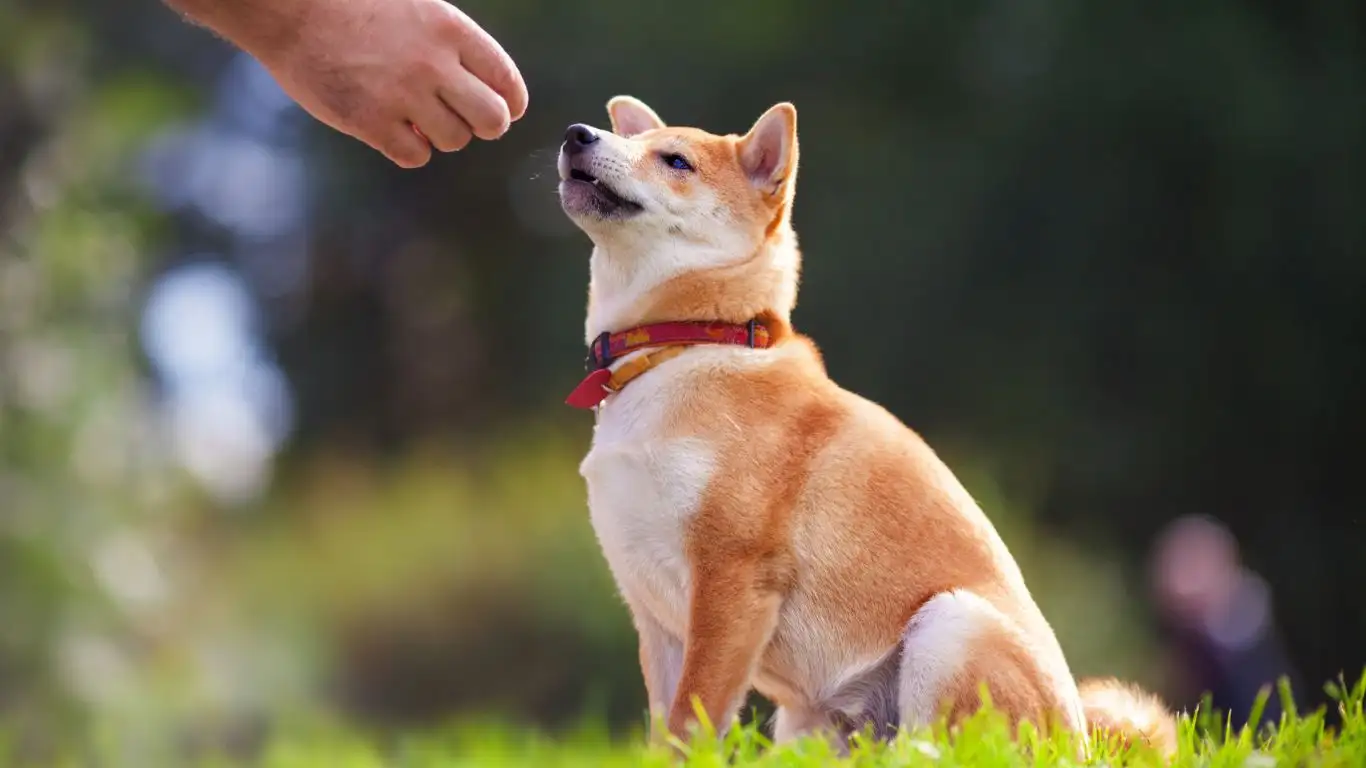
Training your dog to stay away from electronics is totally doable—it just takes a mix of empathy, strategy, and a sprinkle of humor when they inevitably outsmart you once or twice. (Been there. More than once.)
Consistency is the Real MVP
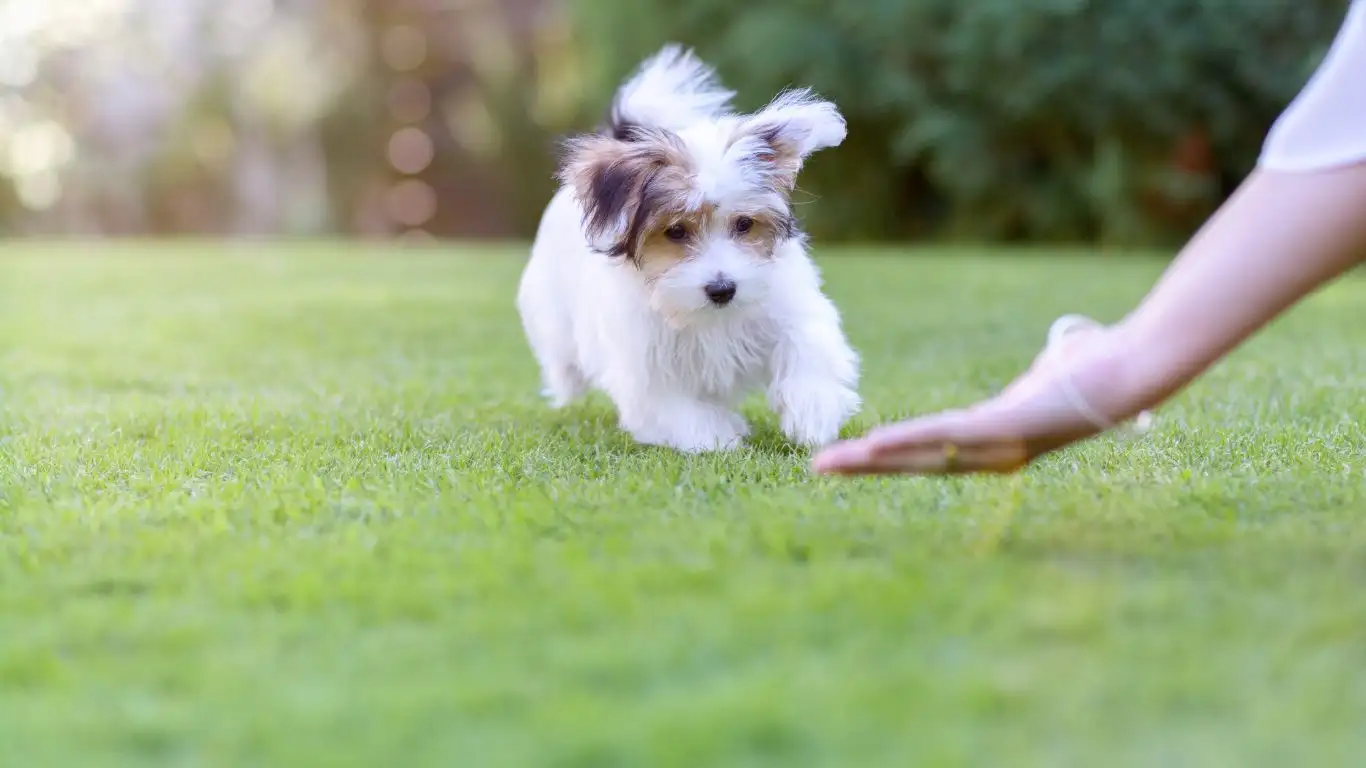
Here’s the thing I always remind my clients: dogs thrive on routines. Just like we know not to text during a meeting (well, most of us), dogs learn rules through repetition. If you let your dog chew a phone case once and laugh it off, guess what? They’ll think it’s fair game next time too. Consistency doesn’t mean being strict 24/7—it just means being predictable. Dogs love that.
When I worked with a family whose Labradoodle, Max, kept pulling laptop cords from the table, the first breakthrough wasn’t fancy training—it was simply making sure everyone in the house reacted the same way. No mixed signals. Every time Max went near electronics, he got redirected to a chew toy or a “place” command. Within a week? Progress.
Use Clear Boundaries and Redirection
I’ve seen this method work wonders, especially with high-energy breeds. Whenever your dog approaches electronics, calmly say “no” or “leave it,” then guide them toward a better option—a tug toy, a treat ball, a safe play zone. The keyword here is guide—not scold.
This also builds trust. You’re not just saying “no” all the time. You’re saying, “Hey, I get that you’re curious, but here’s something even cooler.” That small shift in how we communicate makes all the difference.
Enrichment: Keep Their Minds Busy (So They Don’t Go Tech-Hunting)
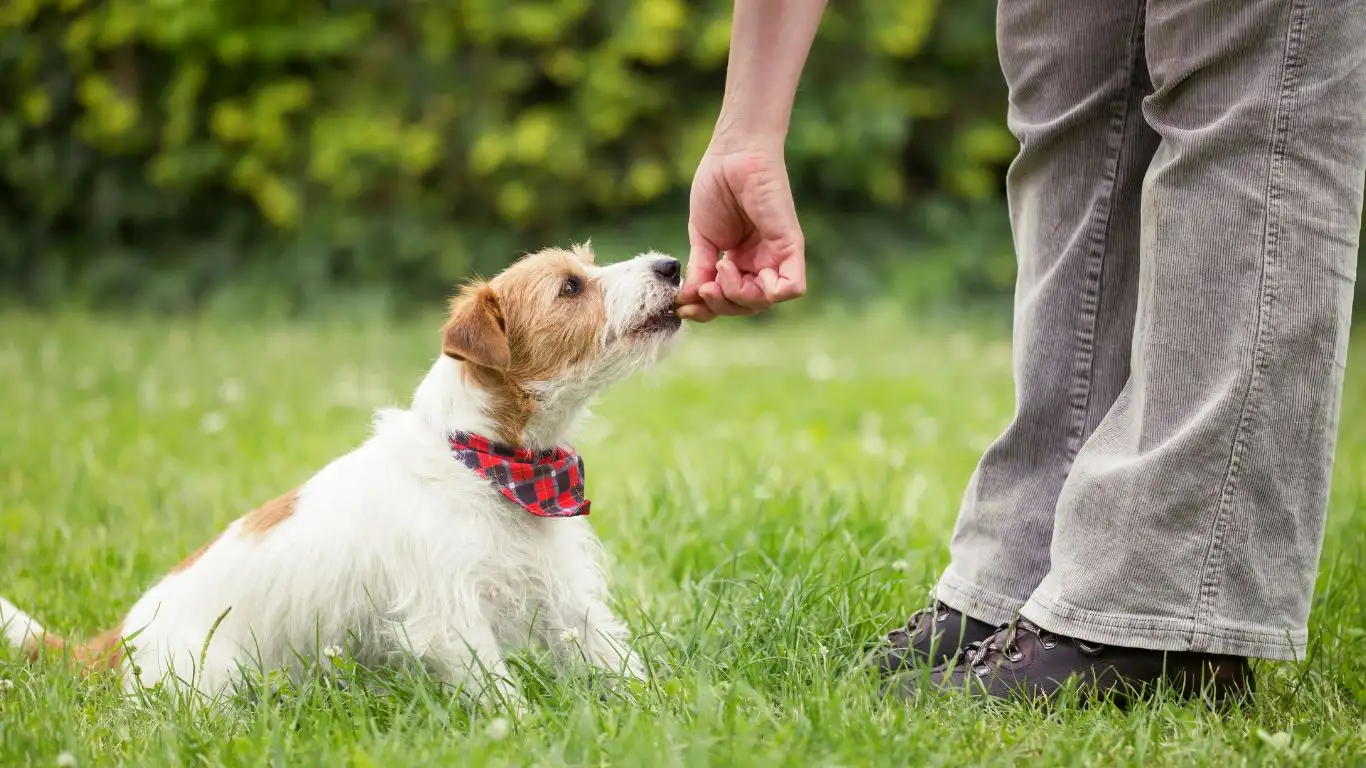
Here’s a little secret: most dogs that mess with electronics? They’re bored. It’s not about rebellion—it’s about entertainment. If your pup is getting into wires and remotes, it might be time to step up the enrichment game.
Try These Fun Enrichment Ideas:
- Frozen Kongs: Fill a Kong toy with peanut butter and freeze it. Keeps them busy for ages.
- Snuffle Mats: Scatter kibble into a fabric mat for foraging fun. Great for mental stimulation.
- DIY Scent Games: Hide treats in cups or around the house and let them sniff them out.
- Interactive Feeders: Puzzle bowls or treat-dispensing balls make mealtime a brain workout.
I once had a client with a German Shepherd named Luna who had a special knack for unplugging HDMI cables. After introducing daily sniff-and-find sessions and rotating puzzle toys, Luna’s interest in tech dropped dramatically. Her brain was finally getting the workout it needed.
Dog-Proofing Your Space Like a Pro
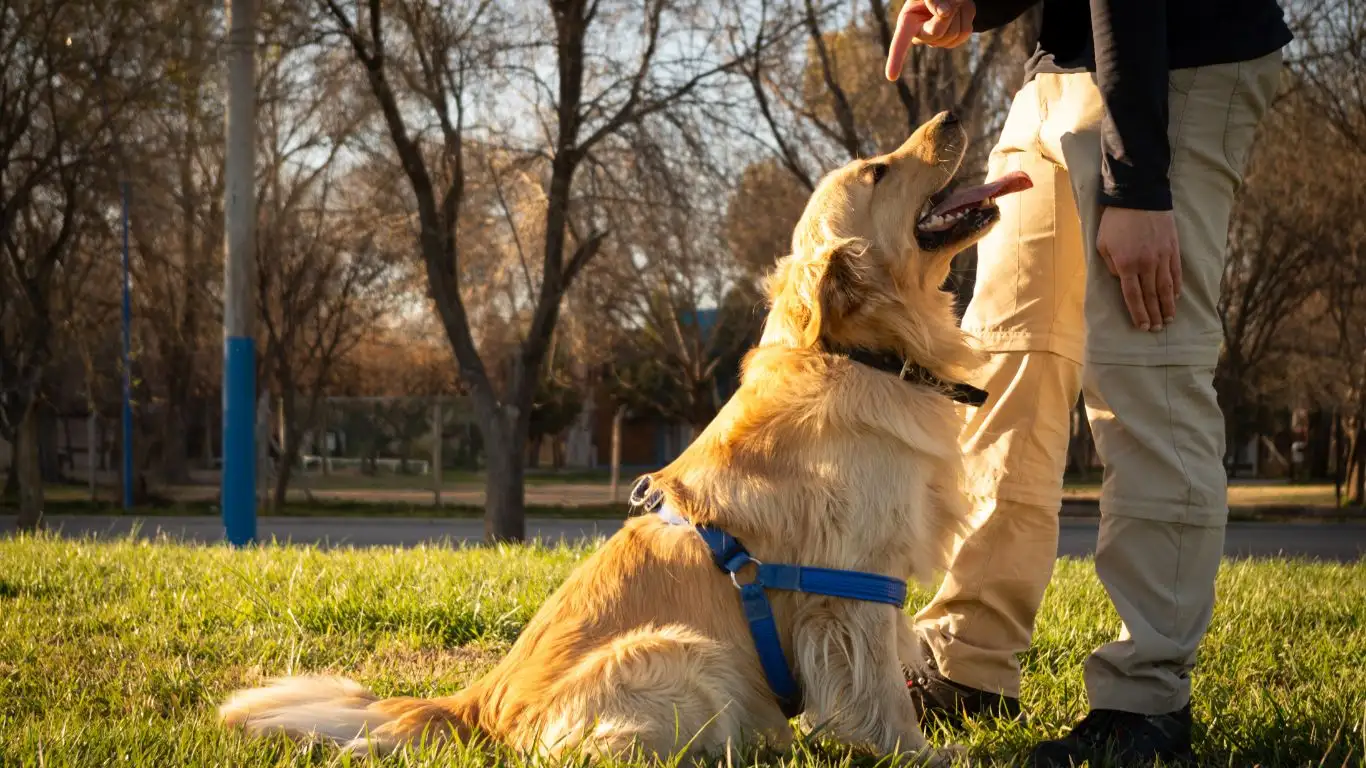
Sometimes, the best training hack is just smart prevention. Look, we all have busy days where training falls through the cracks. That’s where environmental management steps in. You don’t have to turn your house into a fortress—but a few tweaks can go a long way.
Here Are My Go-To Dog-Proofing Tips:
- Cord Management: Use cable organizers or hide wires behind furniture. Cord covers are super cheap and surprisingly effective.
- Keep Temptations Out of Reach: Store remotes, controllers, and phones in drawers or on high shelves when not in use.
- Limit Access: Baby gates, exercise pens, or simply closing the door to your office can be a game-changer.
- Use Motion Sensors: Some pet parents I’ve worked with have had success with motion-activated deterrents near electronics.
One family I worked with even got creative and used an empty tissue box to disguise their router cables—it was genius and kind of adorable, honestly. The key is to stay one step ahead. If your pup can’t reach it, they can’t chew it.
Training Tools That Can Help

If you’re feeling stuck, don’t stress—it’s totally normal. Sometimes, bringing in the right training tools can make the process a lot smoother. Here are a few I recommend pretty often during my sessions:
- Clickers: Great for marking good behavior in the moment. “Leave it” followed by a click and treat can work wonders.
- Pet-safe Deterrent Sprays: Bitter apple or citrus scents discourage chewing.
- Training Treat Pouches: Having treats on hand makes it easier to reinforce good choices right when they happen.
- Crates and Playpens: Not punishment—just a safe, cozy spot when you can’t supervise closely.
Back when I was training a rambunctious Husky named Niko, we relied heavily on a treat pouch and clicker combo. Niko loved to explore—especially the glowing blue light of his owner’s game console. With enough “leave it” training and solid rewards, he eventually gave it a wide berth. These tools can really bridge the gap between chaos and calm.
So, whether you’re dealing with a tech-obsessed pup or just want to be proactive, these methods and tools can help you build safer spaces, healthier habits, and way fewer trips to the electronics store.
Patience and Positive Reinforcement Go a Long Way

Alright, let’s be real for a second—training your dog to stay away from electronics isn’t going to happen overnight. I always tell my clients that every dog learns at their own pace. Some pick it up in a week, others take a month or two. And you know what? That’s perfectly normal.
When I worked with a sweet but stubborn Beagle named Olive, we had to go *real* slow. She was fascinated with the buzzing sound of her owner’s phone on the nightstand. We broke it down into tiny wins—first teaching her to “leave it,” then redirecting her to a toy, then rewarding her for simply choosing to nap instead of snoop. It took time, but the end result? Worth it.
Celebrate Small Wins (They Matter More Than You Think)
Don’t wait for perfection to celebrate. If your dog ignores a cord one time, that’s progress. If they walk away from your phone without being told, jackpot! Reinforce those behaviors immediately with praise or a treat. These small moments create the habits you’re after.
Consistency plus patience equals trust. And trust builds a better-behaved pup.
Real-Life Situations and How to Handle Them
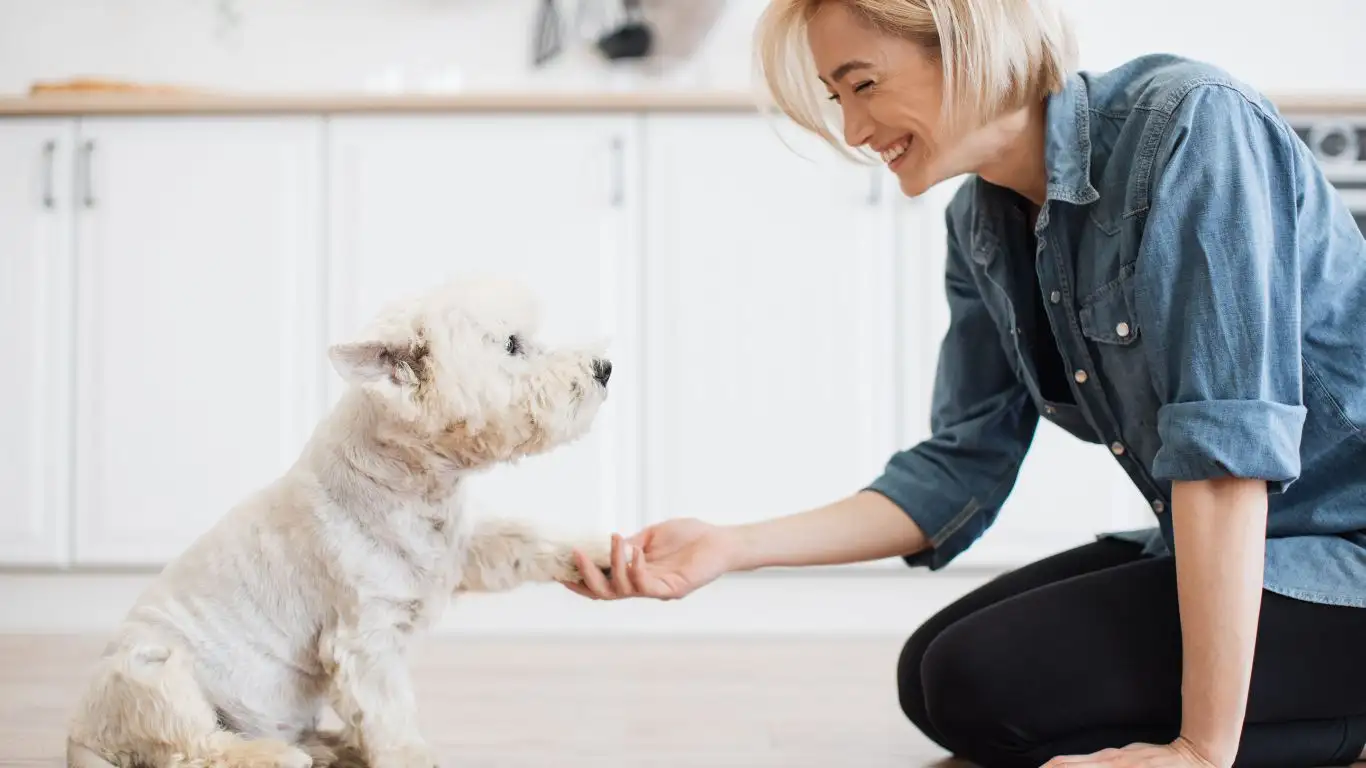
One of the biggest questions I get is, “Tarra, what do I do when I catch them in the act?” Great question. Here’s how I usually coach people through those moments without panic (or yelling).
1. Stay Calm and Interrupt
If you catch your pup with a charger in their mouth or sniffing around your laptop bag, don’t yell. Just calmly say “leave it” and redirect. Use your body to gently block access and guide them toward an approved toy or activity. The goal is to teach, not scare.
2. Redirect, Then Reward
Always have a toy or treat handy. If your dog walks away from the electronics and towards their toy or mat, reward immediately. Over time, they’ll start making that choice on their own.
3. If You Miss the Moment, Don’t Scold
Dogs don’t understand punishment after the fact. If you find your phone chewed up and your dog looking guilty—sorry, that guilt face? It’s just a reaction to your tone, not real remorse. Redirect for next time, and focus on prevention instead of punishment.
When to Call in a Pro
Sometimes, even with your best efforts, things just aren’t clicking. That’s okay! Behavior is complex, especially if your pup has anxiety, past trauma, or super high drive. That’s where working with a professional trainer—especially one who understands your dog’s emotional needs—can be a game-changer.
Look for a certified trainer who uses positive reinforcement methods. Avoid those outdated dominance-based techniques—they tend to backfire and hurt the trust you’ve built.
- Ask about their experience with specific issues (like chewing or resource guarding).
- Make sure they tailor the plan to your dog’s personality and history.
- Bonus if they’ve worked with tech-related behaviors before (we’re out here!).
For more info on ethical training standards, check out trusted resources like the Association of Professional Dog Trainers or the American Veterinary Medical Association.
Building Long-Term Habits That Stick
Here’s the best part—once your dog learns how to behave around electronics, they rarely go back to old habits unless something triggers them (like stress or a big change at home). That’s why I always encourage my clients to maintain those good habits through:
- Regular enrichment (don’t slack once they “get it”)
- Daily check-ins and short training refreshers
- Supervised free time, especially if new electronics are introduced
And let’s not forget the bond this kind of training creates. When you work through a challenge together, your relationship with your dog deepens in a big way. You become more in tune, more trusting, more connected. That’s the heart of great training—it’s not just about stopping bad behavior. It’s about building something better in its place.
Final Thoughts (You’ve Got This!)
If you’ve made it this far, high five! You’re clearly committed to helping your dog succeed, and honestly, that’s half the battle. Whether you’re just starting out or deep in the process, know that you’re not alone. Tons of pet parents have dealt with chewed-up chargers and slobbered-on smartphones—it’s a rite of passage in a way!
Just remember, the question of how to train a dog to stay away from electronics isn’t answered in a single trick—it’s about mindset, consistency, and building new habits that last. With a little creativity, patience, and maybe a citrus spray or two, your tech will stay safe, and your dog will be happier and more confident, too.
Disclaimer: The content provided in this article is based on personal training experience and industry best practices. It is not a substitute for professional veterinary or behavioral advice. For serious behavioral issues or health concerns, consult a certified dog behaviorist or your veterinarian.
References:
